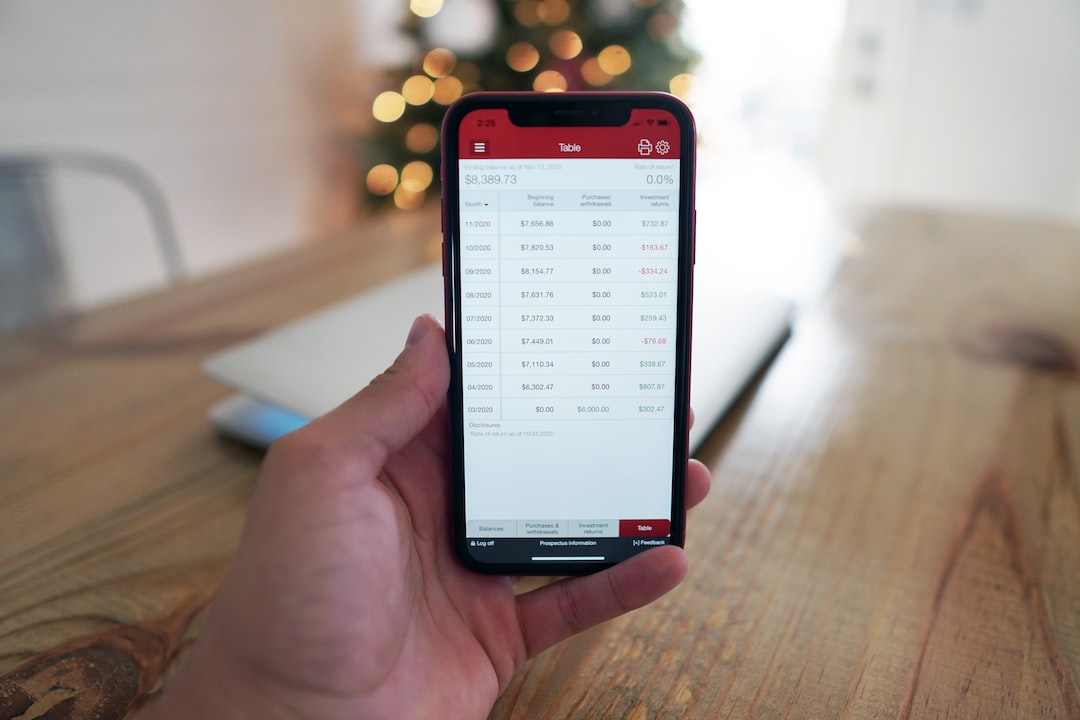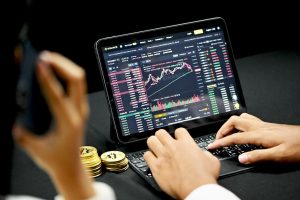Forex leverage is an important aspect of trading in the forex market. It is a tool that allows traders to increase their trading power and potential profits by using borrowed funds. However, it is also a tool that can increase the potential risk of losses. In this article, we will explain how forex leverage works, and the factors that traders need to consider when using this tool.
What is Forex Leverage?
Forex leverage is the ability to control a large amount of currency with a small deposit. It is expressed as a ratio, such as 1:100, 1:200, or 1:500. This means that for every dollar of capital deposited, the trader can control up to $100, $200, or $500 worth of currency. For example, if a trader has a leverage ratio of 1:100, and they deposit $1,000 into their trading account, they can control up to $100,000 worth of currency.
How Does Forex Leverage Work?
Forex leverage works by allowing traders to borrow money from their broker to trade larger positions than their account balance would allow. This borrowed money is known as margin. When a trader opens a position, they are required to put up a certain amount of margin, which is a percentage of the total position size. The margin requirement varies depending on the leverage ratio and the currency pair being traded.
For example, if a trader wants to open a position of 100,000 units of EUR/USD, and their leverage ratio is 1:100, they would need to put up $1,000 in margin. If their leverage ratio is 1:500, they would only need to put up $200 in margin.
Once the position is open, the trader will earn or lose money based on the movement of the currency pair. If the trade goes in their favor, they will earn a profit, and the margin will remain in their account. If the trade goes against them, they will incur a loss, and the margin will be used to cover the losses. If the margin falls below a certain level, known as the margin call level, the broker may automatically close out the position to prevent further losses.
Factors to Consider When Using Forex Leverage
While forex leverage can increase potential profits, it also increases potential losses. Traders need to carefully consider the following factors when using leverage:
1. Risk Management: It is important to have a sound risk management strategy in place to limit potential losses. This includes setting stop-loss orders, using proper position sizing, and not risking too much capital on any single trade.
2. Leverage Ratio: Choosing the right leverage ratio is crucial to managing risk. Higher leverage ratios offer greater potential profits but also increase potential losses. Traders should choose a leverage ratio that is appropriate for their trading strategy and risk tolerance.
3. Volatility: Highly volatile currency pairs can lead to significant price movements, which can result in large profits or losses. Traders should be cautious when using high leverage ratios on volatile currency pairs.
4. Margin Requirements: Different brokers may have different margin requirements for different currency pairs and leverage ratios. Traders should be aware of the margin requirements of their broker and ensure that they have enough margin to cover their positions.
Conclusion
Forex leverage is a powerful tool that can increase the potential profits of traders in the forex market. However, it also increases the potential risk of losses. Traders need to carefully consider the factors discussed above and have a sound risk management strategy in place when using leverage. By doing so, they can maximize their potential profits while minimizing their potential losses.





